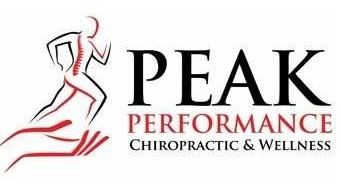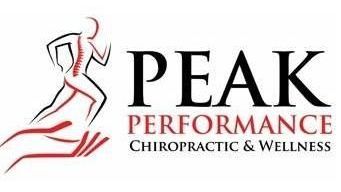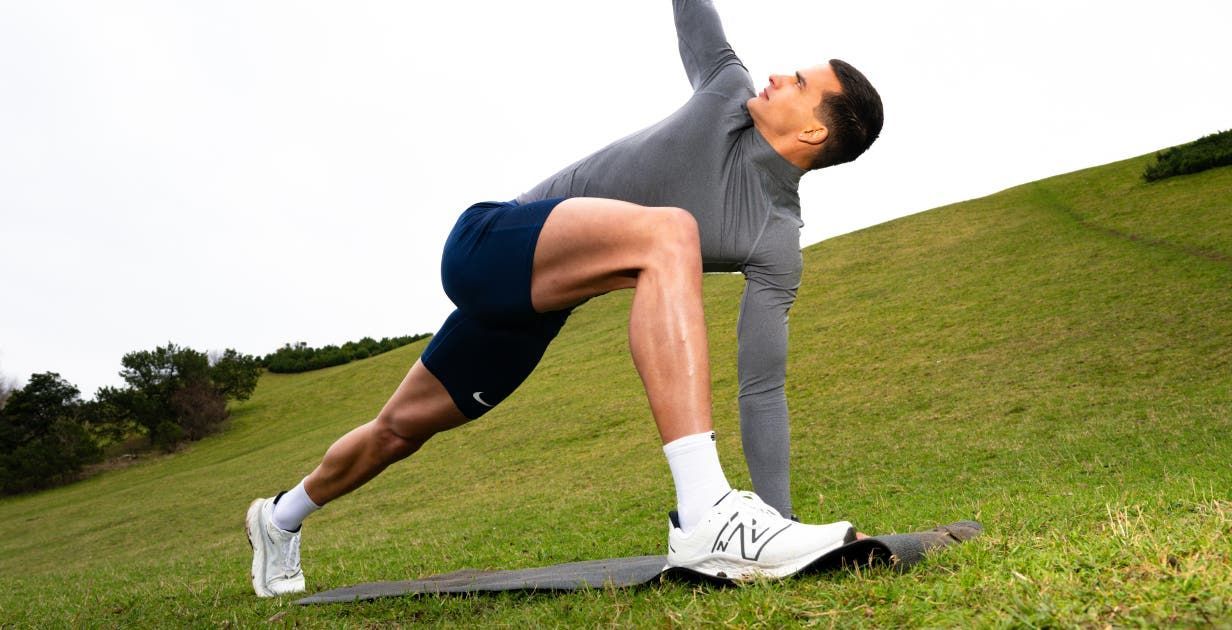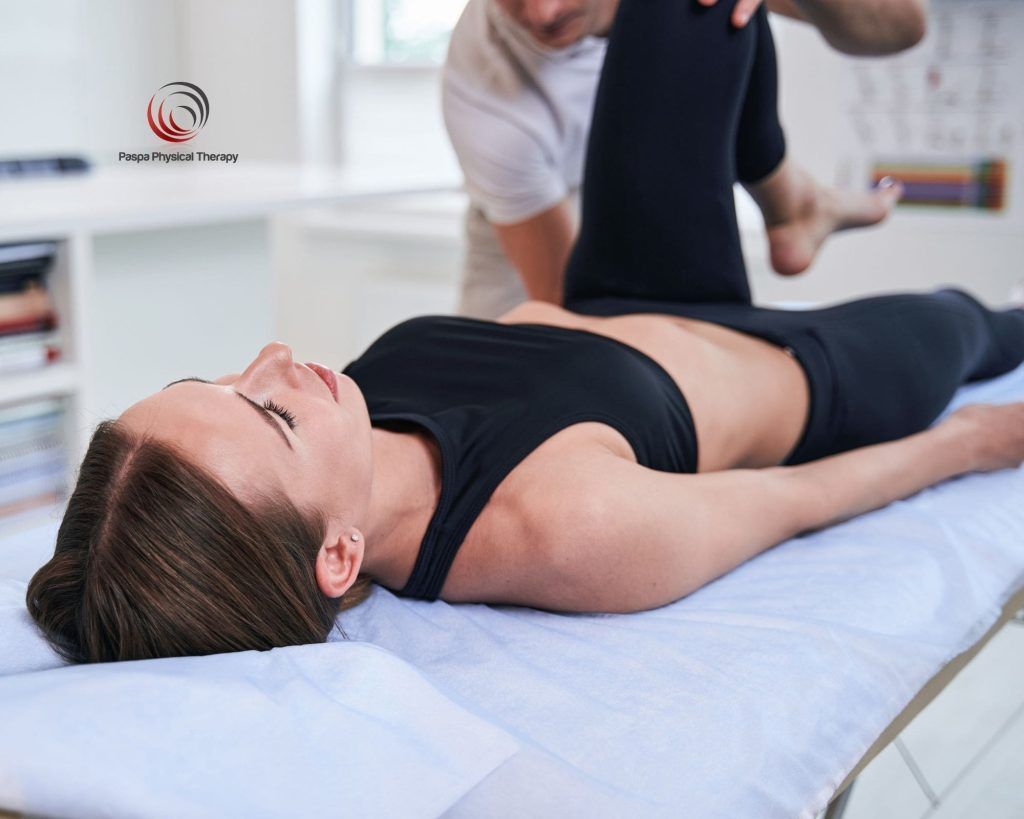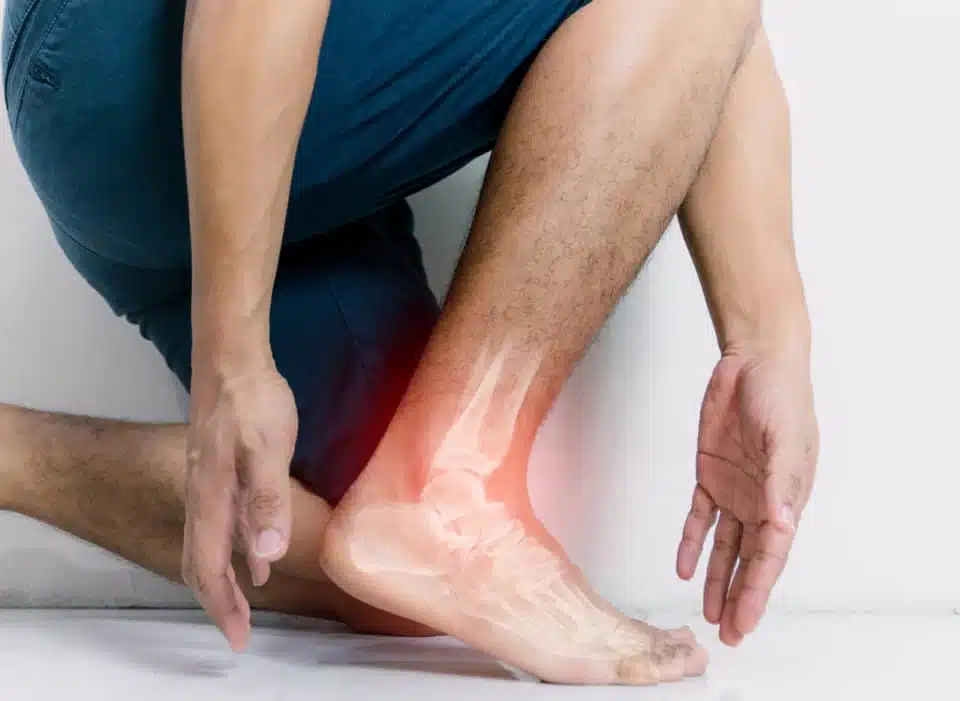
As temperatures drop and snow blankets the ground, winter sports enthusiasts eagerly prepare for a season of skiing, snowboarding, ice skating, and more. While these activities offer an exciting way to stay active during the colder months, they also present unique physical challenges that can lead to injuries if the body isn’t properly prepared. A strategic approach to seasonal wellness can help you build strength, improve flexibility, and reduce the risk of common winter sports injuries.

When it comes to filling a stocking, there’s something magical about tiny treasures that pack a big punch. Sure, candy canes and fuzzy socks are classics—but what if your stocking stuffers could actually make someone feel better long after the holiday sugar crashes fade? This year, level up your gifting game with wellness-forward, feel-good, wow-that’s-so-useful ideas curated with your favorite chiropractic and massage office in mind. Whether you’re shopping for the gym buff, the “my neck hurts every day” coworker, the parent who needs a moment of peace, or that friend who swears they’re finally going to prioritize self-care in the new year, we’ve got you covered. Here are our top stocking stuffers that are cute, practical, and chiropractor-approved.

Thanksgiving is the time of year when we pause to appreciate the big things—family, food, football, and maybe even a perfectly flaky pie crust. But there’s one thing we often forget to be grateful for: our bodies . Every day, your muscles, joints, and connective tissues do a whole lot more than you realize. They carry you through grocery store marathons, marathon-marathons, late-night study sessions, workdays, workouts, and everything in between. So this season, before you grab that second helping of mashed potatoes (no judgment here), take a moment to thank the parts of you that keep you moving. Here are five simple, meaningful ways to show your body a little gratitude—and feel better in the process.

As the temperature drops and the days get shorter, winter brings cozy nights, comfort food, and—for many—an uptick in sniffles, coughs, and the flu. While we can’t control every germ that crosses our path, we can support our immune systems to better defend against them. A strong immune system is the body’s best defense against seasonal illnesses, and with a few intentional habits, you can give yours a well-deserved boost this winter. Let’s break down some evidence-based ways to keep your immune system in top shape through the colder months.

Fall in Buffalo is beautiful—the crisp air, the smell of bonfires, and, of course, the sea of colorful leaves blanketing your yard. But before you grab your rake and get to work, it’s worth talking about something most people don’t think about until it’s too late: the physical toll of yard work. Raking may seem harmless, but poor technique, repetitive motion, and improper lifting can lead to back pain, muscle strain, and even more serious injuries. Here’s what you should know about protecting your body during fall cleanup—and how chiropractic and massage care can help you recover and stay strong all season long.
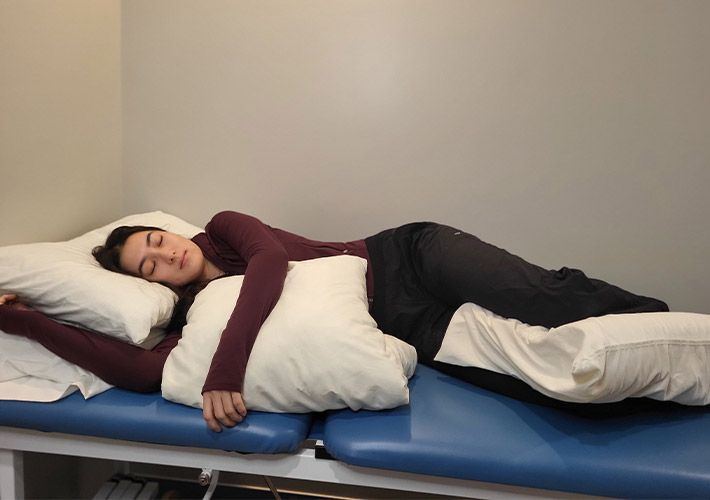
We all know that a good night’s sleep can make or break your day. But what many people don’t realize is that the position you sleep in plays a huge role in how rested—and pain-free—you feel when you wake up. The way you lie in bed can either support your spine and muscles or set you up for stiffness, discomfort, and even long-term issues. As chiropractors and massage therapists, we see the effects of poor sleep posture every day. The good news? With a few simple tweaks, you can protect your spine, reduce strain, and get the most out of your nightly rest. In this post, we’ll break down the best ways to sleep on your back and side, why stomach sleeping isn’t your spine’s best friend, and how the right pillow can make all the difference.

The start of the Buffalo Bills football season is one of the best times of the year in Western New York. Whether you’re in the stands at Highmark Stadium or packed into a living room with family and friends, there’s nothing quite like the energy of game day. But let’s be honest—football watching usually comes with hours of sitting, bottomless snacks, and more than a few high-calorie treats. Here’s the good news: you don’t have to sacrifice your health to enjoy the game. With a few smart tweaks, you can cheer on Josh Allen and the team while also supporting your own body. Below are fun, evidence-based tips for staying active and healthy all football season long.
